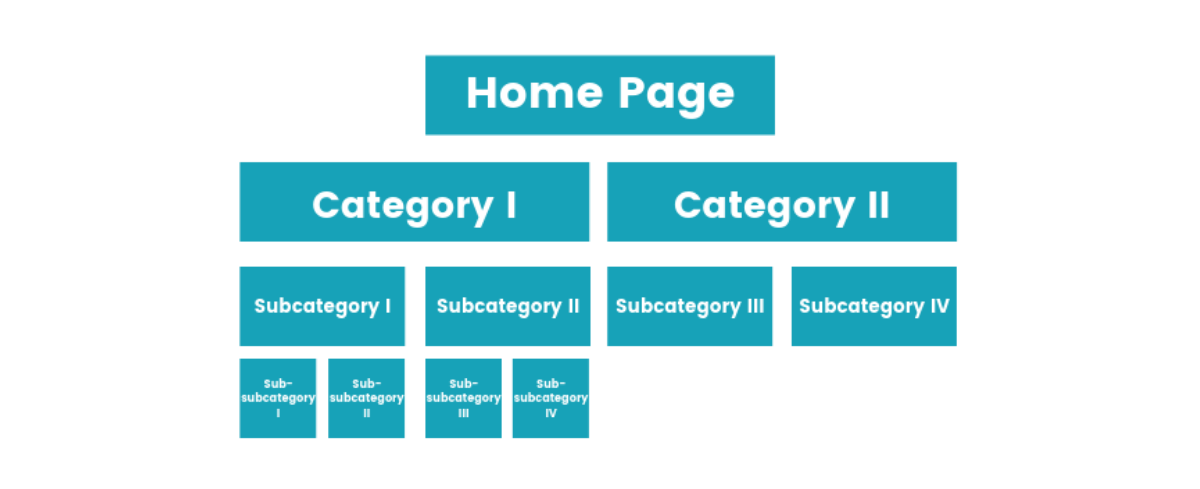Top strategy for SEO
Our top strategy for SEO
Normally, SEO takes lots of time and patience before you see the first results. It also takes effort to keep up the positions you’ve gained. We, however, have a specific time-tested strategy for faster and better SEO results. Each and every one of our profitable stores get optimized using this specific strategy, let’s have a look at it.
Starting with the basics: driving traffic to your website is crucial for success. You should always learn how to use SEO (Search Engine Optimization) to generate organic sales and revenue because it saves you from spending money on paid ads.

1. Understanding organic sales
Organic sales refer to the revenue generated from organic promotion, meaning no paid ads are involved. This type of promotion relies on natural website traffic from search engines like Google. By optimizing your website for SEO, you can increase the chances of potential customers finding your dropshipping store.
2. The basics of SEO
SEO involves enhancing your website to rank higher on search engine results pages. For dropshipping stores, prioritize clear product and category descriptions, keyword-rich blogs, and user-friendly website design. Make it easy for potential customers to find and navigate your store.
3. A simple and effective SEO strategy
- Choosing the right keywords
Start with keyword research to identify high-traffic, low-competition keywords related to your products. Use tools like Google Keyword Planner, Ubersuggest, or Ahrefs to find these keywords. We also offer a handy checklist for keyword research, available for download below this guide.

- Optimizing product names
When importing products to your store, simplify their names by keeping only the most crucial 3-4 words. These words should describe the product category and unique features. For instance, change a lengthy name like “Enamel pin with Aeropress design and secure clasp” to “Enamel aeropress pin.”

- Editing product URLs
Keep your product URLs short, clear, and relevant by incorporating the main keyword. Remove unnecessary numbers or words that can make the URL look messy.

- Writing unique product descriptions
Craft compelling product descriptions highlighting the features and benefits. Avoid copying content from other websites. Instead, create unique, keyword-rich text that’s around 200-300 words long. Aim for a keyword density of about 3%.

- Creating SEO-friendly meta tags
With the Yoast SEO plugin, write relevant meta titles and descriptions for your product pages. These tags will appear in search results and should be compelling enough to attract potential customers to click on your website.

- Optimizing images
Add relevant ALT-tags to your product images, incorporating your chosen keywords. This simple step can significantly improve your SEO efforts.

- Importing product reviews
Product reviews offer valuable information to potential customers and provide your store with unique, regularly updated content that search engines favor. Import reviews from your suppliers or encourage customers to leave their own reviews.

- Optimizing homepage, categories, and subcategories
Remember to optimize these pages with relevant keywords and approximately 300 words of unique content per page.

4. Recommended SEO plugins
We suggest using the free version of Yoast SEO. This plugin provides recommendations for optimizing content, product and category descriptions, and meta tags. Another useful plugin is Sellvia, which offers fast 1-3 days shipping in the US for dropshipping stores.

SEO Optimizer add-on is great for the visual content of your website and also the Premium Promotion Package may come in handy when it comes to hassle-free organic promotion.
5. Create a blog category on the website
Putting keywords on your product pages and homepage is great but it is not enough! One of the keys to effective SEO promotion, which is a good part of our strategy, is using the blog as an unlimited storage for articles that may include tons of keywords and showcase your products even in a more effective way sometimes than a landing page does! Here are the main reasons for adding a blog to your website:
- Attract organic traffic through targeted keywords.
- Increase user engagement and time on site.
- Build authority and trust with customers.
- Improve website indexing by search engines.
- Boost internal and external linking opportunities.
6. Create articles containing keywords
Let keywords be your starting point for choosing the topic of your article. Then, as you develop the topic through the article’s text, include your product descriptions, images or videos demonstrating your products, or how they solve particular problems within the topic. You can even follow the advertorial logic sometimes, we describe it in the 11th chapter of this course. You can also use AI to generate cool articles, here’s the video on how to do it.

7. ADDITIONAL checklist that might be of use, too:
Keyword density: The recommendation of a keyword density of about 3% may not be optimal. Google and other search engines have advanced their algorithms, and excessive use of keywords can lead to over-optimization penalties. Instead, focus on writing naturally and ensuring the content is relevant and valuable to users. If your content naturally includes your target keywords and variations, that should suffice.
Instant results: While the guide implies that you can achieve significant results with minimal investment in SEO, it’s essential to clarify that SEO is typically a long-term strategy. It can take weeks or even months to see substantial results from your efforts, especially for a new website. Success in SEO requires consistent effort and patience.
Product reviews: Importing product reviews can be helpful, but ensure that you’re not violating any terms of service or copyright laws. Instead of copying reviews from suppliers, you might want to encourage your customers to leave reviews on your website. Genuine customer reviews can boost credibility and conversions.
Content quality: Quality is key when creating content for your website. Avoid keyword stuffing or creating thin content that doesn’t provide value to users. High-quality, engaging content is more likely to attract backlinks, shares, and organic traffic.
Technical SEO: The guide primarily focuses on on-page SEO, but technical aspects of SEO are equally important. Ensure your website has a logical structure, loads quickly, is mobile-friendly, and has no broken links or errors. Proper technical optimization can have a significant positive impact on rankings and user experience.
Backlinks: The guide doesn’t mention the importance of backlinks, which are a crucial ranking factor. Building high-quality backlinks from reputable websites can significantly improve your site’s authority and search engine rankings.
Local SEO: If you’re targeting a specific geographic area, consider optimizing your website for local SEO. Create a Google My Business profile, get reviews, and optimize for local keywords to attract customers in your target area.
Remember, SEO is a dynamic field, and best practices can evolve over time. Stay up-to-date with the latest industry trends and algorithm updates to maintain and improve your rankings.

